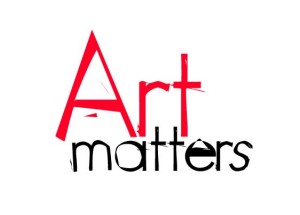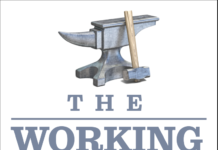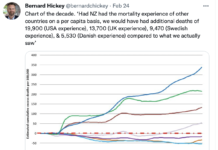In yesterday’s online edition of The Press, Dermot Martin, chief executive of UniMed Medical Care Society, put out an open call for Christchurch creative types to make use of the empty lot where their building once stood until they start rebuilding in December. The group Life In Vacant Spaces are handling the management of the offer, one of many in the gap-toothed grin of the city’s skyline, joining programmes like Gap Filler in capitalising on unused space with short term cultural projects. Leaving aside the relative aesthetic and conceptual merits of the work, it is a pretty tough road to argue that the results of these initiatives didn’t make life a slightly better place for many of those who came into contact with them. The basic idea is not just to provide space for artists who want to work outside the gallery setting, but to create interest and foot traffic in an area that has lost its traditional means of generating such. An evolving schedule of new work brings new, and cumulatively more, people until a point where demand for cafes, retail, offices and housing brings those things back into play. Art not as a mirror, or a hammer, but as a driver of urban renewal and economic development. Activity breeds activity, while decay breeds decay, and it can escalate quickly in both directions.
In the Christchurch example, as with most terrible natural disasters, the conditions that drive such initiatives are obvious, sudden and unpredictable. Earthquake strengthening and preparedness, particularly with the seismic activity in Wellington of late, is understandably on the national agenda. It pays to remember that catastrophe can be a slow creeper or a sudden crack. Environmentally, climate change is the disaster we need to keep at bay. Economically, in Dunedin certainly, it’s fighting off the stagnation of our business districts (in the central city and in South Dunedin). In both cases we have accumulated enough evidence to know that the current model is broken, but in both cases we seem hesitant to change course. The fact that our buildings are still standing is an obvious advantage – where Christchurch has vacant lots we have shopfront collages of competing real estate signage – but because we haven’t been jolted into a new paradigm it has been too easy to dismiss the increasing proportion of For Lease signs as a less urgent problem than it is.
Self-styled Australian visionary Marcus Westbury set about trying to revive the flagging fortunes of Newcastle after they had been hard hit by the decline of heavy engineering industries since the 1970s. Unemployment rose, disposable income shrank, shops closed and remained empty. One of his projects, Renew Newcastle, aims for “City revitalisation through creative use of empty space … While the long term prospects for the redevelopment of Newcastle’s CBD are good, in the meantime many sites are boarded up, falling apart, vandalised or decaying because they are is no short term for use them and no one taking responsibility for them.” A small and committed team work to solicit funding, recruit interested property owners and then liaise between them and the potential short term tenants. Leases are short, so it doesn’t get in the way of potential long term tenants, while pop-up art galleries, boutique stores, social entrepreneurship projects and the like get a foot in the door where they otherwise couldn’t have afforded it (rents are often cheaper than those charged commercial enterprise). So far around 100 projects have been enabled in 52 sites in Newcastle’s CBD.
Helping establish a Renew Dunedin chapter along similar lines to the Newcastle vision would be a strong signal that the Dunedin City Council was prepared to take on bold new ideas that could revolutionise the City. It would also offer a vote of confidence in the Arts & Culture Community / Creative Sector they tip their hat to occasionally but don’t yet take seriously enough. We have an international reputation as a creative city – music, fashion design, fine arts, literature and film making especially – and it has long been a missed opportunity that the City hasn’t traded more on this as a way to attract both short term visitors and long term residents. A City that supports art and takes artists seriously, with costs of living as low as we have, would be a magnet for great minds doing great things, and fill our collective cash registers along the way. (Sorting out the quality of our housing stock would certainly help, but that’s a discussion for another day very soon.) The DCC supporting Arts & Culture needs to be about more than public art projects and acquisitions budgets for the Dunedin Public Art Gallery. It needs to be about recognising both the intrinsic value of the creative act, and the associated economic development potential should enough of those creative acts be fostered here in enduring and meaningful ways.
When times are tight, it always seems to be tempting for those in charge of the public purse to relegate art, culture and heritage to Luxury Status. It is a Nice To Have, but doesn’t quite cut it for those lobbying for a focus on Core Business or a Back To Basics Approach. The sad irony of those same advocates queuing up for photo ops with Peter Jackson on the red carpet barely registers. Not all artists will go on to build an empire like his, sure, but the possibility that art can contribute so vastly to a local community and economy – labour law rewrites or no – means it is worth nurturing those in their Bad Taste stage of development. We don’t expect all scientific research to change the world, but we continue to fund it regardless just in case it does.






